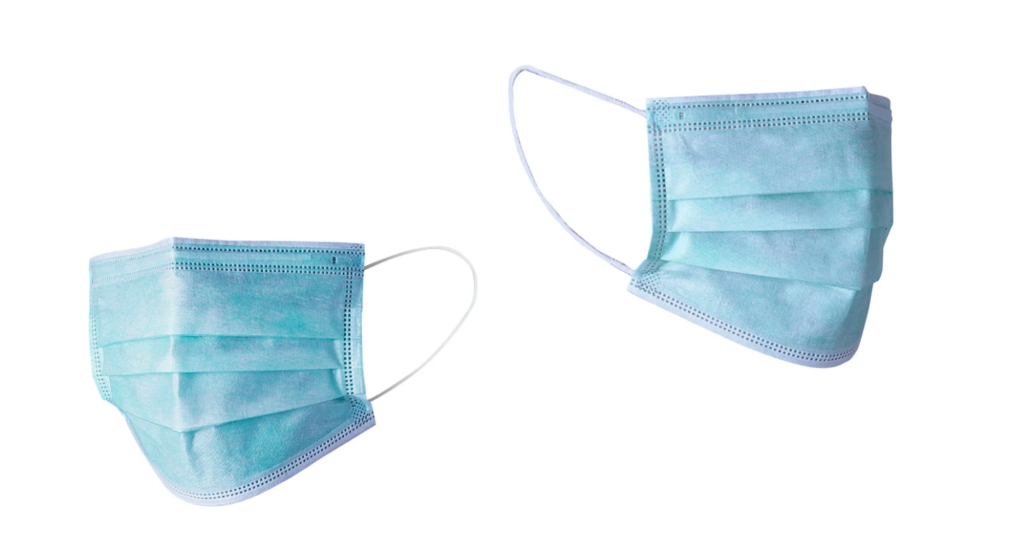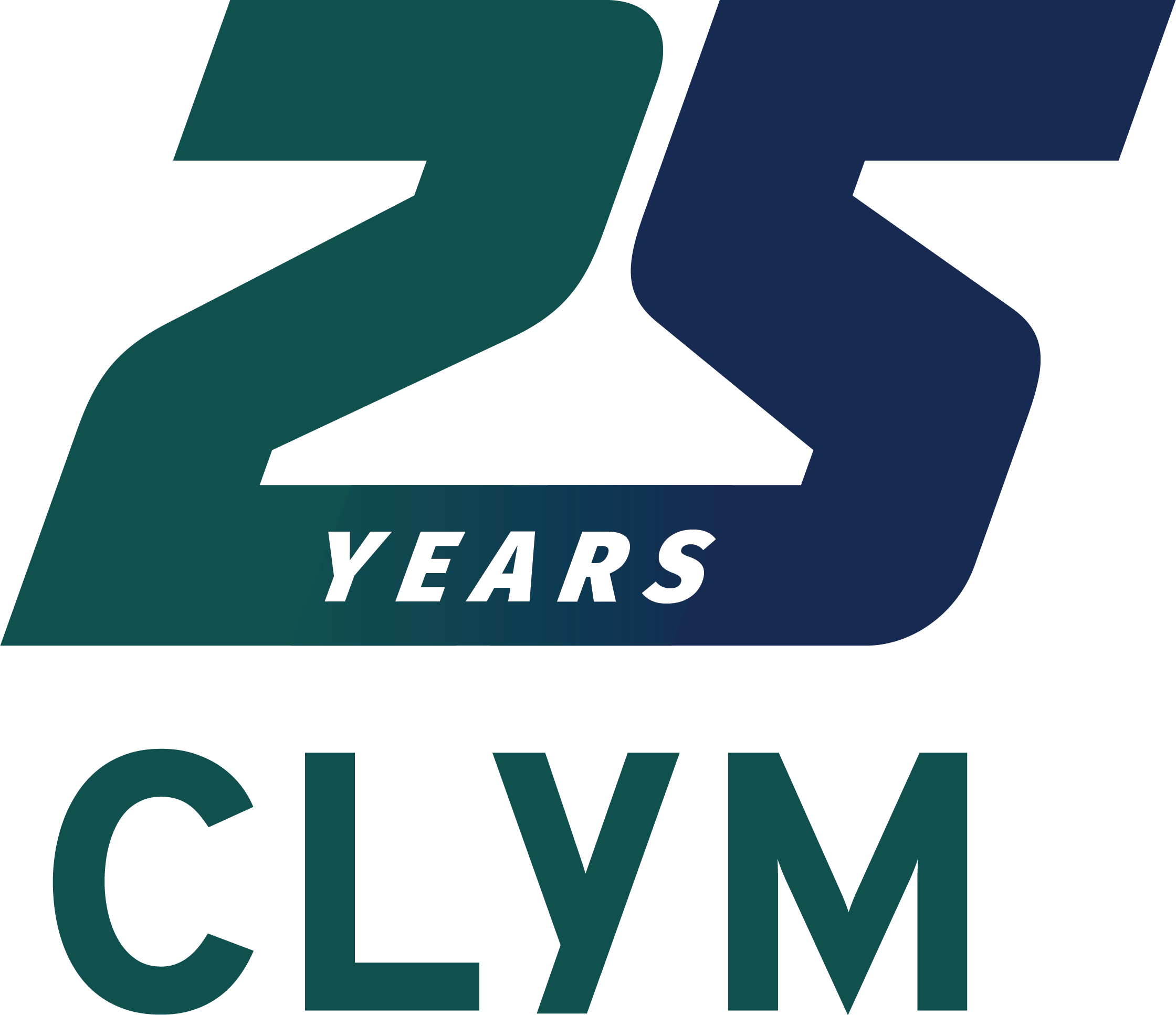
Before the World Health Organization declared the outbreak of COVID-19 a pandemic in March of 2020, very few outside the medical profession knew what “PPE” stood for. Over the past five months, however, this acronym for Personal Protective Equipment, formerly used only within the life sciences and healthcare industries, has come into everyday use in households around the world.
An umbrella term for items such as gloves, medical masks, respirators, eye protection, gowns, aprons, and certain types of closed-toe work shoes, PPE works as a barrier between an individual’s skin, mouth, nose or eyes, and a hazardous material, such as viral or bacterial infections. For infection control, it is designed to be used with other practices such as handwashing, use of alcohol-based hand sanitizers, and covering coughs and sneezes to minimize the spread of infection from one person to another.
To ensure that PPE is safe and effective, the US Food and Drug Administration (FDA) has published Quality Systems Regulations and Good Manufacturing Practices. These regulations and practices are meant to guide the manufacturing and testing of PPE to ensure that these products conform to recognized standards that include fluid resistance, leak protection, filtering capacity, and resistance to tears and snags.
PPE is designed to provide a protection factor against known hazards, including solid, liquid, or airborne particles. When PPE is properly manufactured and used in observance of best practices, it is a key safety control providing reasonable assurance that the risks of working with a hazardous material can be mitigated. In general, however, neither the manufacturer nor the FDA can provide unilateral assurance that PPE will protect the user against any hazard or disease, so you need to know what specific hazards you may face.
The data that FDA uses for the evaluation and clearance of PPE rarely includes performance evaluation or testing against specific viruses, such as ebola, influenza, or coronavirus. However, if performance data has met FDA requirements and demonstrates protection against a specific disease, the product labeling will state the claim for protection against a specific virus or bacteria. Your employer is required to create a written PPE assessment for all procedures involving hazardous materials that rely on PPE as a means of exposure control. This assessment will detail the specific PPE needed for each procedure.
Most PPE is available without a prescription at pharmacies, medical supply stores, and Internet medical supply retailers. While some types of elastomeric respirator masks and protective eyewear such as goggles may be reused, most PPE is designed to be used once and by one person only prior to disposal.
Wearers of PPE can determine what protective level a PPE is rated for by the standards to which it has been tested. CDC’s National Institute for Occupational Safety and Health (NIOSH) maintains a database called NIOSH Personal Protective Equipment Information (PPE-Info) that includes most of the current PPE standards in detail.
When using PPE, it is critical to be aware of proper donning, doffing and disposal procedures. If PPE is exposed to infectious materials such as body fluids from a person who is infected or suspected of being infected during use, the PPE is considered contaminated and should be removed promptly, observing the established procedures at that facility or institution. Be aware that even if a PPE successfully protects you while it is being worn, improper removal and disposal of contaminated PPE can expose the wearer and other people to infectious agents.
Remember that most PPE is designed and tested for single use. In the rare occasions that PPE may be reused, it is critically important to follow the decontamination methods included with the product’s labeling.
